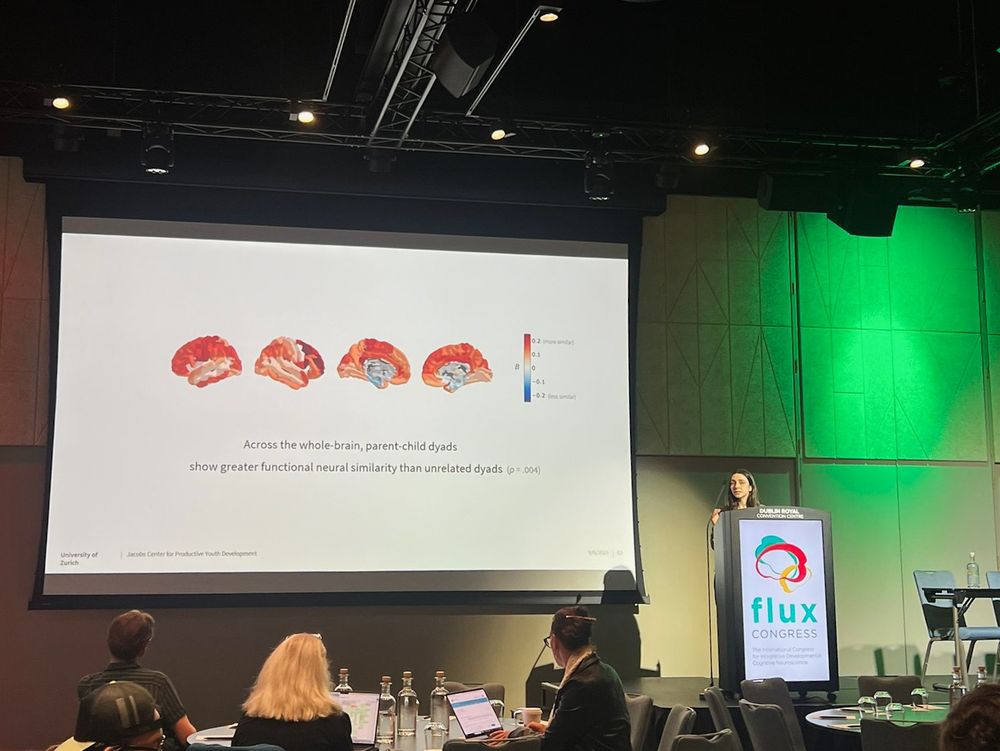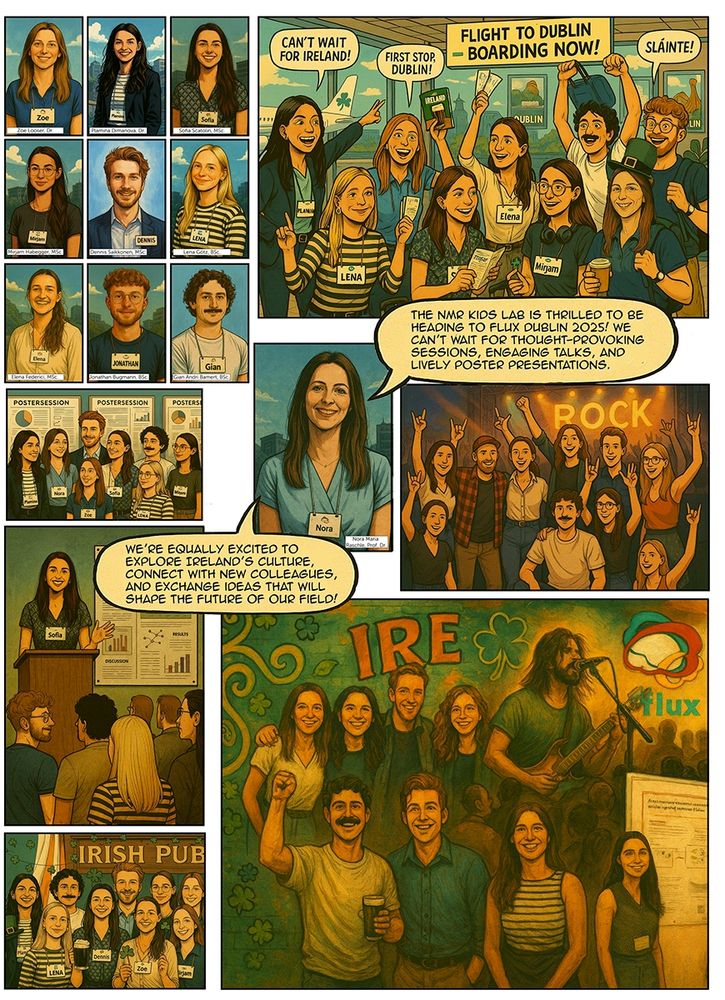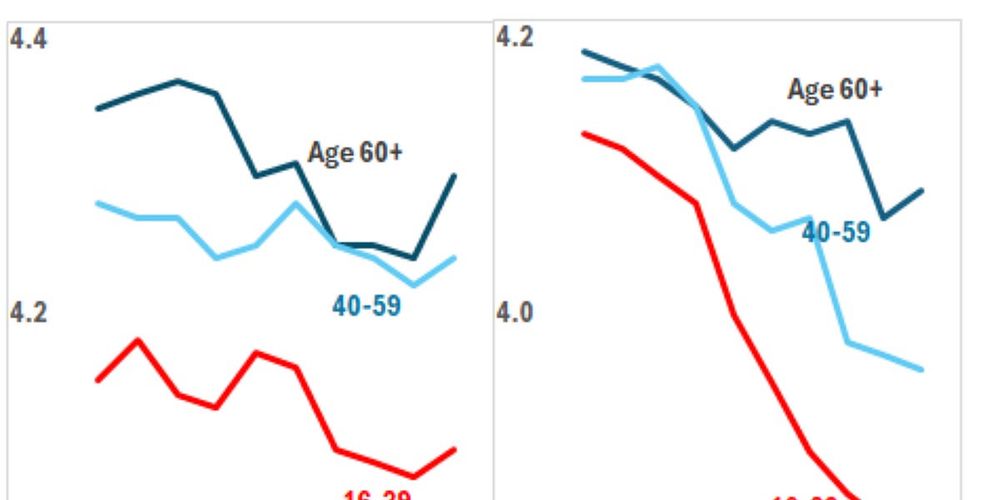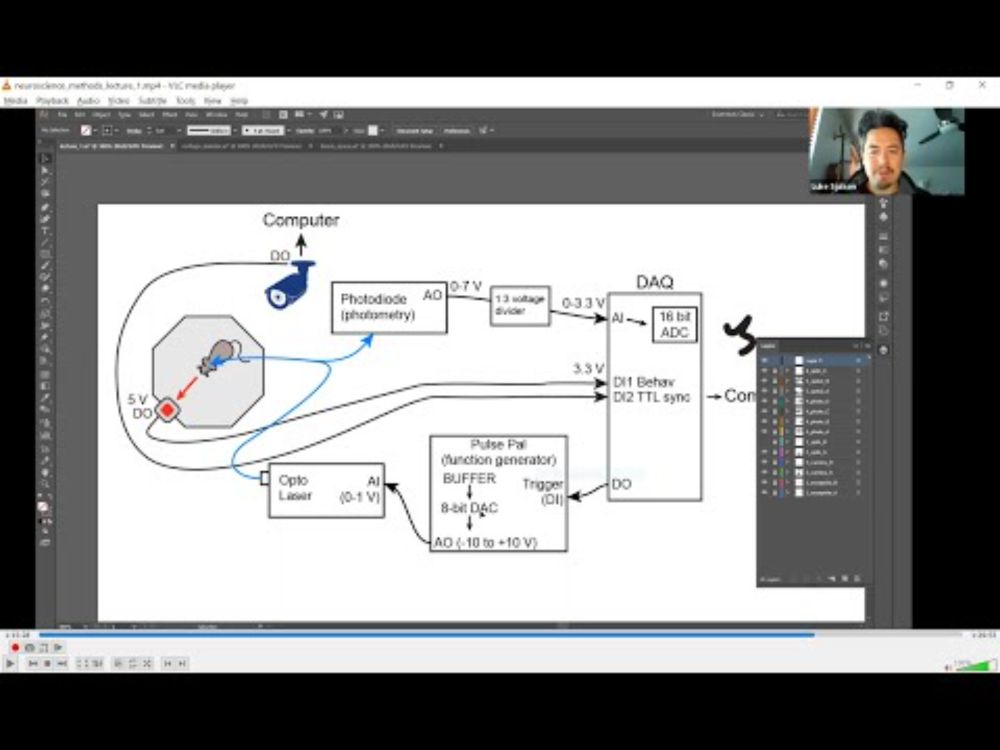Nora Maria Raschle
@noramraschle.bsky.social
890 followers
410 following
21 posts
Developmental neuroscientist, Assoc. Prof., hobby illustrator, mom. Studying developing brains through space & time @JacobscenterUZH #development #brains #cartoons
jacobscenter.uzh.ch/en/research/developmental_neuroscience.html
growingbrains.ch/en/home
Posts
Media
Videos
Starter Packs
Reposted by Nora Maria Raschle
Reposted by Nora Maria Raschle
Golia Shafiei
@goliashf.bsky.social
· Feb 27

Reproducible Brain Charts: An open data resource for mapping brain development and its associations with mental health
Major mental disorders are increasingly understood as disorders of brain development. Large and heterogeneous samples are required to define generalizable links between brain development and psychopat...
doi.org
Reposted by Nora Maria Raschle
Reposted by Nora Maria Raschle
Reposted by Nora Maria Raschle
Reposted by Nora Maria Raschle
Reposted by Nora Maria Raschle
Reposted by Nora Maria Raschle
Reposted by Nora Maria Raschle
Reposted by Nora Maria Raschle
Julia Ditzer
@juliaditzer.bsky.social
· Jul 7
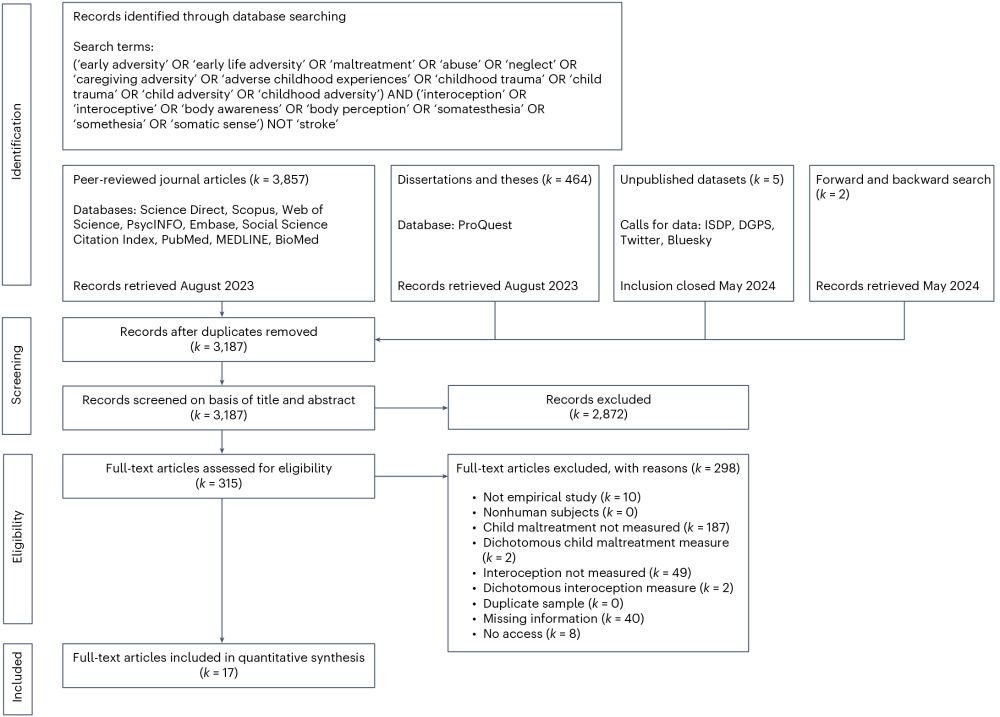
A meta-analytic review of child maltreatment and interoception
Nature Mental Health - Interoception, the perception of internal bodily signals, is crucial for mental and physical well-being, yet the origins of disruptions in interoception are not well...
rdcu.be
Reposted by Nora Maria Raschle
Julia Ditzer
@juliaditzer.bsky.social
· Jul 7

A meta-analytic review of child maltreatment and interoception
Nature Mental Health - Interoception, the perception of internal bodily signals, is crucial for mental and physical well-being, yet the origins of disruptions in interoception are not well...
rdcu.be
Reposted by Nora Maria Raschle
Carolyn Baer
@carebaer7.bsky.social
· May 21

Children Use the Relative Confidence of People With Conflicting Perspectives to Form Their Own Beliefs
We provide evidence that children sensibly integrate the judgments of different people who disagree according to their confidence. We asked children (ages 5–10 years, N = 92) to make judgments about ...
dx.doi.org








